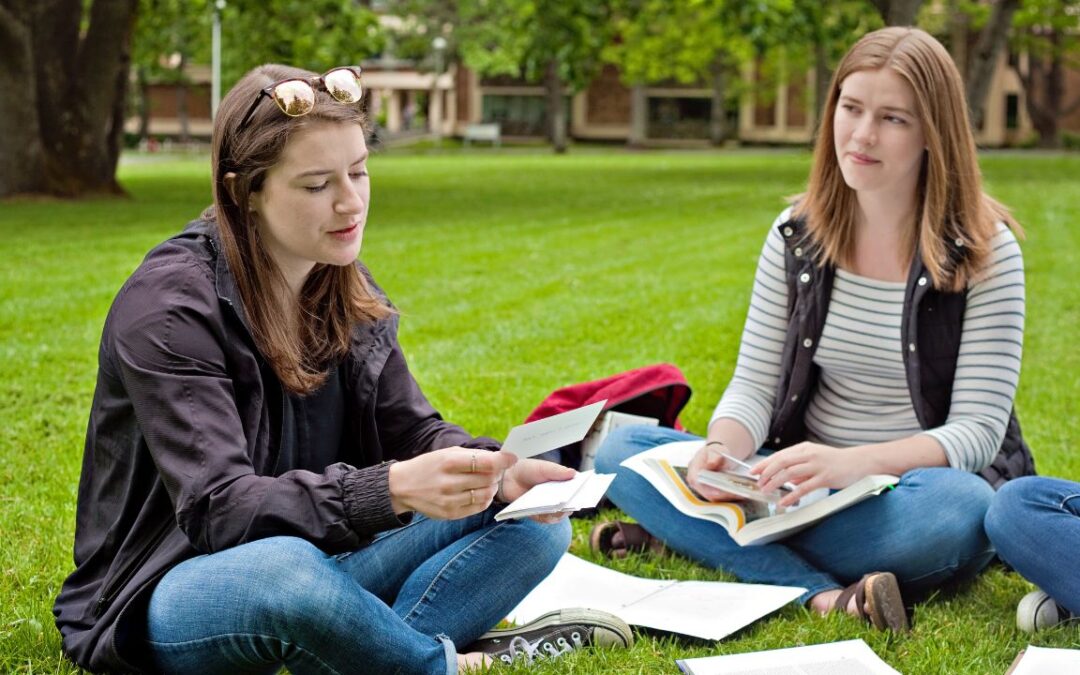In recent years, the memory revolution has taken hold. Flashcards and spaced repetition are critical components of this transformation in how we learn.
Whether it’s studying for a test or memorizing facts, flashcards have become indispensable tools to anyone looking to increase their knowledge. Additionally, spaced repetition techniques allow users to review material more effectively and efficiently by spacing out their study sessions over time.
Together, these two strategies can drastically improve learning outcomes and make mastering new information easier than ever before. In this article, we will explore the science behind the memory revolution and discuss how you can use flashcards and spaced repetition to reshape your own learning experience today!
The Benefits of Using Flashcards for Learning

Using flashcards for learning is an incredibly useful tool that can help you master any subject. Flashcards provide a fast and easy way to memorize information by breaking down complex concepts into smaller, more manageable pieces.
With the use of spaced repetition, which cycles through sets of cards at increasing intervals, users can retain knowledge in a fraction of the time compared to traditional methods. Not only does this save time and improve retention rates, but it also allows learners to focus on mastering individual skills without getting bogged down in unnecessary details or wasting precious study hours rehashing material they already know well. The benefits don’t stop there either; flashcards also encourage active recall and engagement with the material instead of just passively reading or watching it like one would do when taking notes from books or lectures.
This makes them ideal for almost any sort of learning experience whether it be in school or for self-study purposes. All in all, flashcards are an invaluable resource for expanding your knowledge base while saving both time and energy along the way!
Exploring the Principles of Spaced Repetition

The memory revolution has seen a surge in the popularity of tools such as flashcards and spaced repetition. But what is it about these techniques that make them so powerful? A key element is their use of carefully planned intervals to help store information more effectively in our brains.
By exposing us to the same material at regular intervals, we can gradually build up and strengthen our memories. This process takes advantage of how we learn best – by reinforcing ideas over time rather than trying to absorb everything all at once.
As well as helping with memorization, spaced repetition can also be used to increase understanding and develop complex skills like critical thinking or problem-solving. It’s no wonder these methods have become so popular among learners today!
Examining the Impact of Flashcards and Spaced Repetition on Student Performance

Flashcards and spaced repetition are two powerful tools that have been used to improve student performance in educational settings for decades. Recent research has shown that these methods can be incredibly effective when it comes to improving memory recall, comprehension, and long-term retention of information.
But how exactly do flashcards and spaced repetition work? When implementing a flashcard system, students write out key concepts or vocabulary on one side of the card, then record definitions or possible solutions on the other side. Through this method, students become accustomed to seeing certain words or phrases associated with specific ideas.
Spaced repetition works by providing frequent review sessions over several days – gradually increasing the amount of time between each review session as more material is learned. This allows students to store new information in their long-term memory while also reinforcing previously studied topics.
Both flashcards and spaced repetition have been found useful in helping students master difficult subject matter such as mathematics, reading comprehension skills, and foreign language vocabulary; however, their effectiveness will vary depending upon individual learning styles and preferences. Teachers need to take into account which strategies best meet their student’s needs before settling on one method over another.
By doing so they can ensure success within any given classroom environment where these techniques are employed – greatly impacting overall learning outcomes from kindergarten through college levels alike!
Conclusion

The Memory Revolution has brought about a revolutionary change in the way we learn. With the combination of Flashcards and Spaced Repetition, learners can effectively store information for more extended periods.
Gizmo is an example of how technology can be used to help students become better learners by allowing them to track their progress, review complex concepts and make sure they retain knowledge over long periods. The Memory Revolution is helping us unlock our potential by making learning more efficient and effective than ever before.
 Howl Movie
Howl Movie




